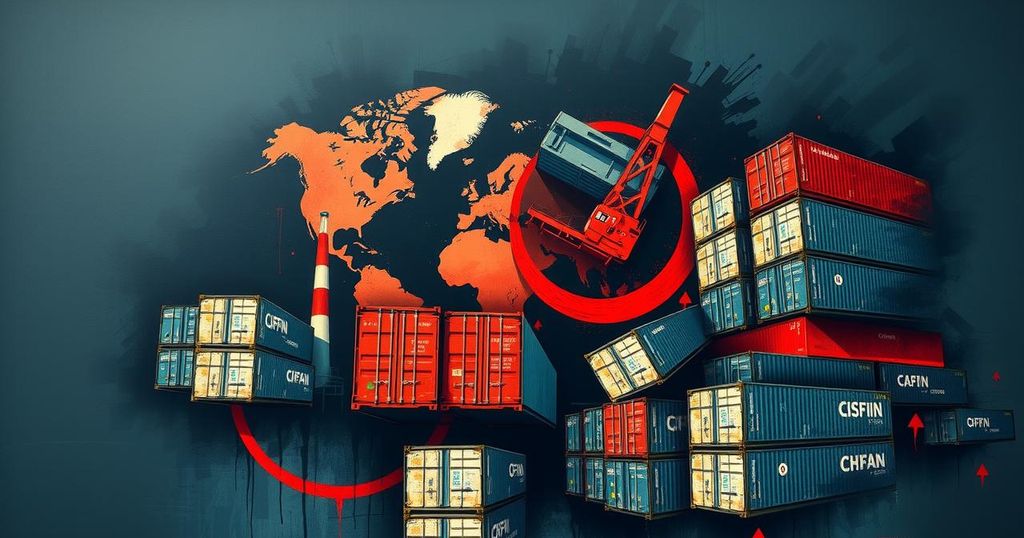Trump’s Tariff Strategy: Targeting Cambodia, Vietnam, and the China Connection
President Trump has enacted significant tariffs on Cambodia (49%), Vietnam (46%), and China (34%). The administration argues these measures are necessary to combat trade manipulation by China. Critics warn of potential negative impacts on global trade and the domestic economy. The tariffs affect many other nations, signaling a shift towards economic nationalism in US trade policy.
In a significant escalation of his trade policy, US President Donald Trump has introduced substantial tariffs aimed at Cambodia (49 percent), Vietnam (46 percent), and China (34 percent). The White House advertises this move as a victory for American labor, while critics caution it may instigate a global trade war, potentially resulting in price hikes, job losses, and a looming recession.
President Trump characterized the tariffs as a necessary response to years of economic exploitation during a speech delivered from the Rose Garden. He emphasized the need to reclaim American jobs, stating, “Today, we take back control.”
While China has historically been Trump’s primary trade adversary, Cambodia and Vietnam are now facing significant tariffs as a consequence of what the administration claims is China’s manipulation of trade routes. The White House asserts these countries have become conduits for Chinese products designed to circumvent US tariffs.
According to an unnamed senior administration official, both nations are acting as transshipment points for goods, allowing China to evade US tariffs. The official noted, “For every dollar we sell to Cambodia, they sell us $39,” indicating a significant trade imbalance that largely benefits China.
Moreover, the administration alleges that many products labeled as Vietnamese are merely rebranded Chinese goods, further complicating the trade landscape. This initiative marks a broader strategy by Trump to target not only China but also countries that facilitate its trade avoidance tactics.
The implementation of steep tariffs primarily affects several Asia-Pacific nations, including Cambodia at 49 percent, Vietnam at 46 percent, and China at 34 percent, with many others facing similar rates. Notably, close US allies such as Japan and South Korea are also included in this list, highlighting the extensive reach of Trump’s new tariffs.
The introduction of these tariffs prompts questions about the future of free trade, a concept long championed by the United States. Trump, however, is advocating for economic nationalism and a drive towards American self-sufficiency. Vice President JD Vance underscored this shift, indicating a rejection of conventional trade theories, asserting the necessity of reintegrating the entire supply chain back into the United States.
The recent imposition of high tariffs by President Trump on nations like Cambodia, Vietnam, and China underscores a profound shift in US trade policy. By targeting countries that are seen as facilitating Chinese trade manipulations, the administration aims to protect American jobs and businesses. However, this approach raises concerns about creating a trade war and the implications for global economic relations. The administration’s stance signals a departure from the longstanding support for free trade, favoring instead a strategy focused on economic independence.
Original Source: www.business-standard.com








Post Comment